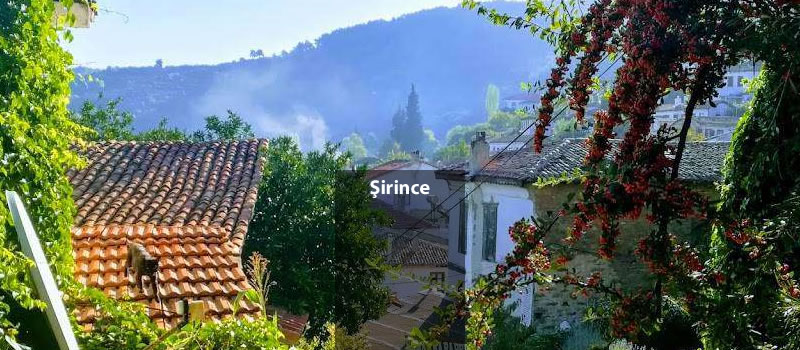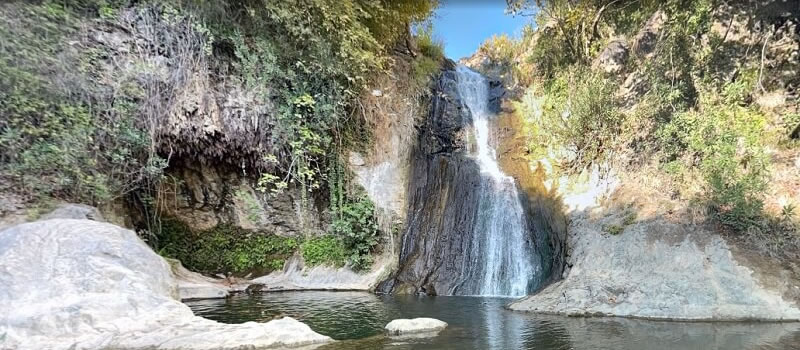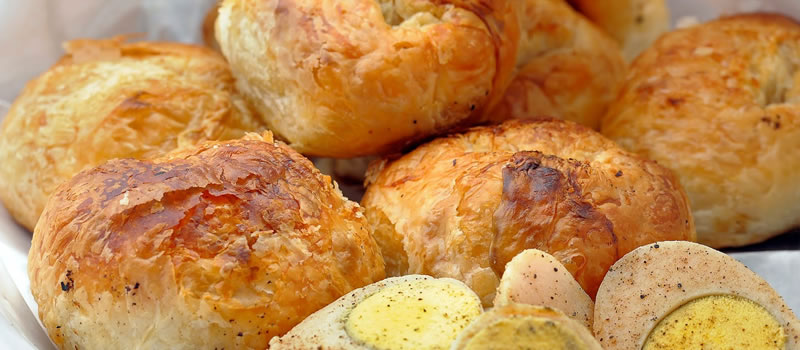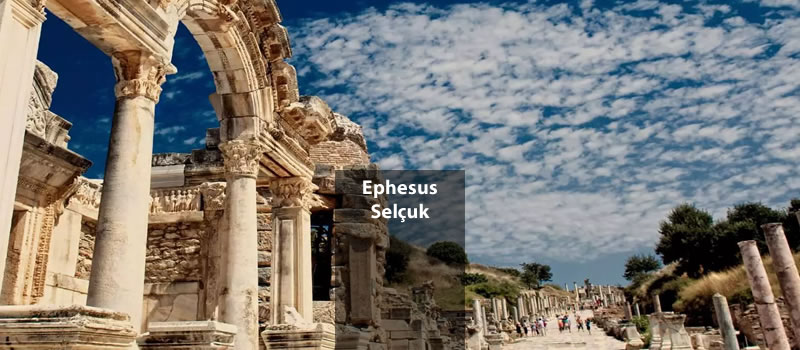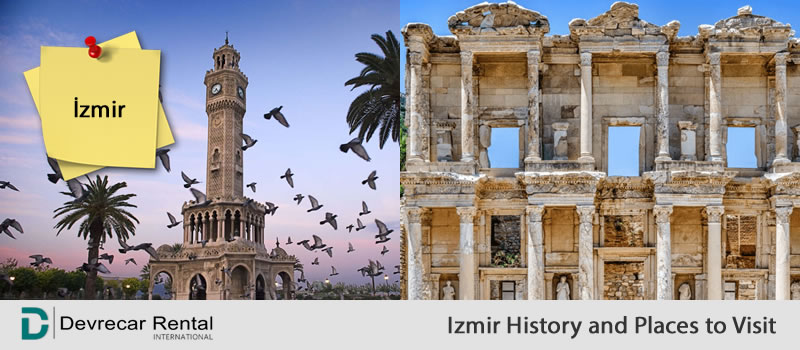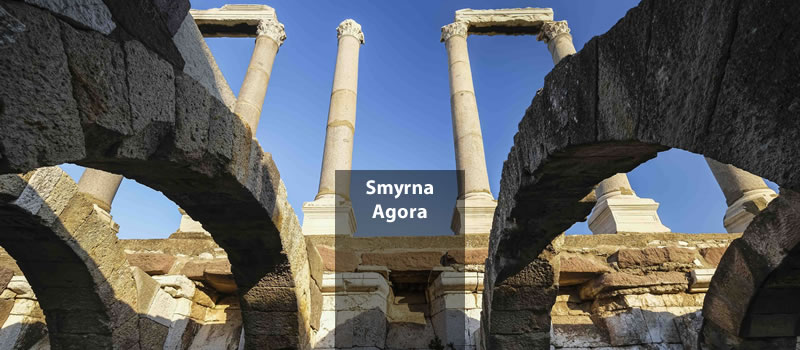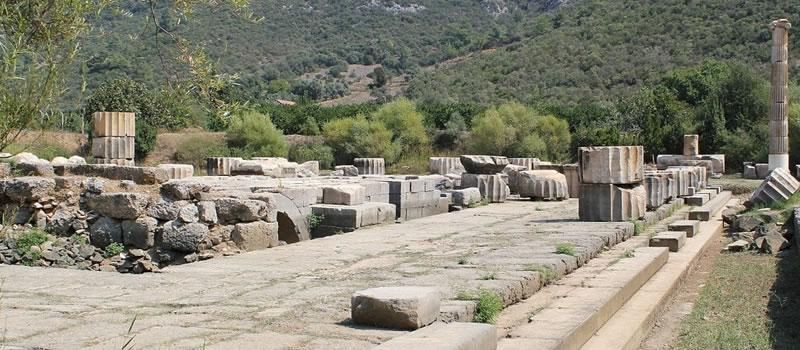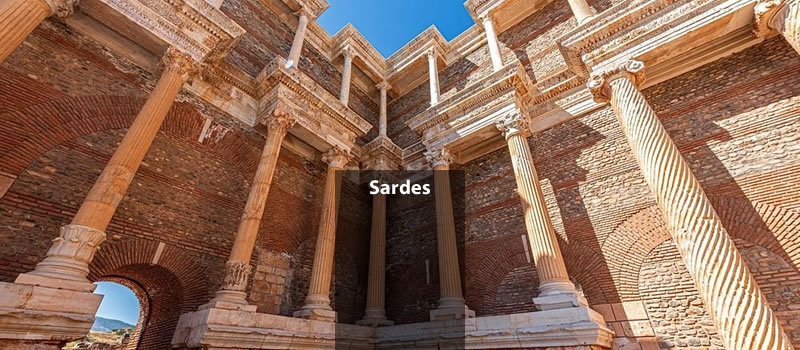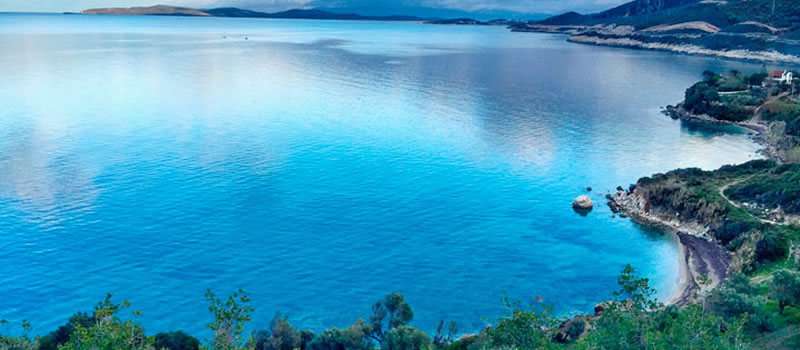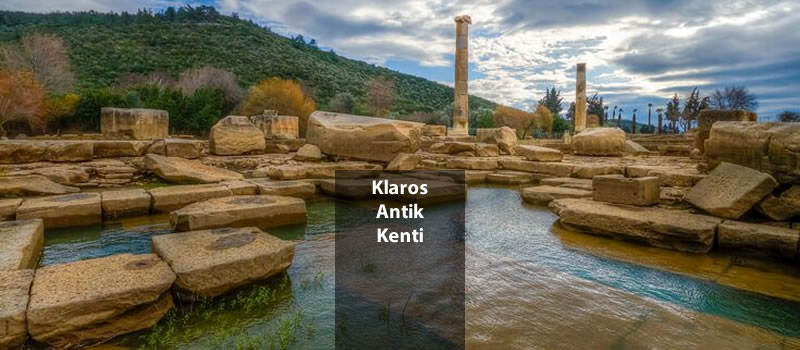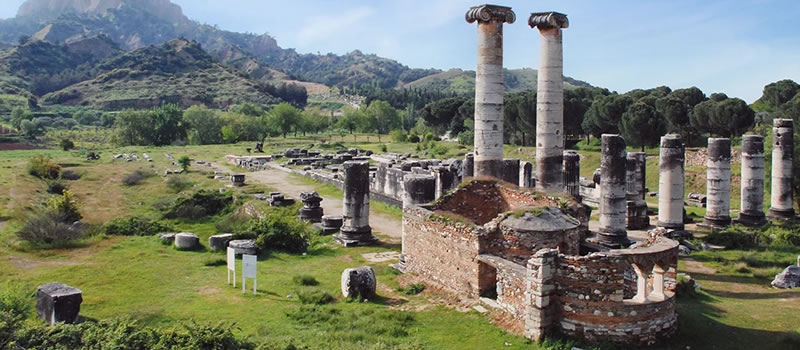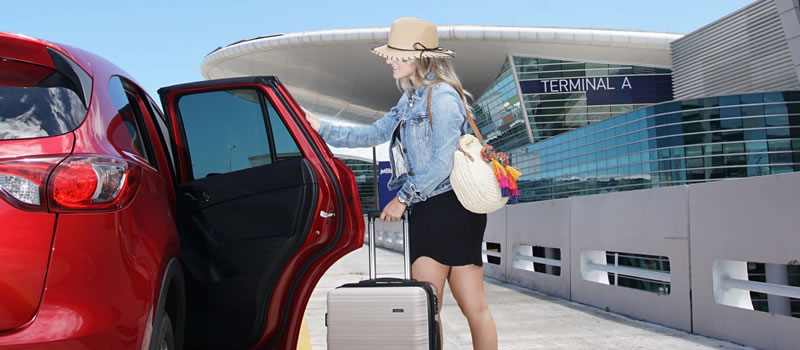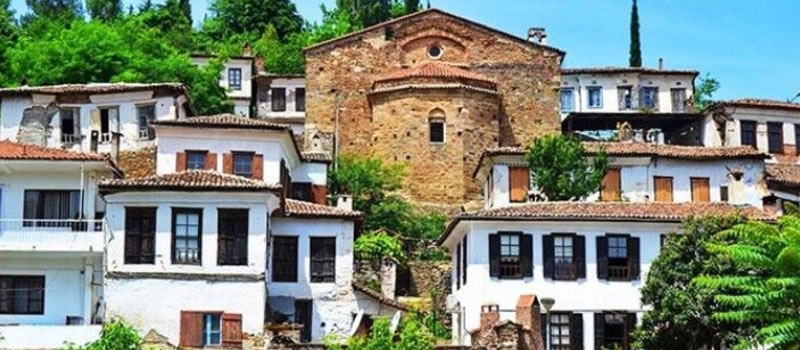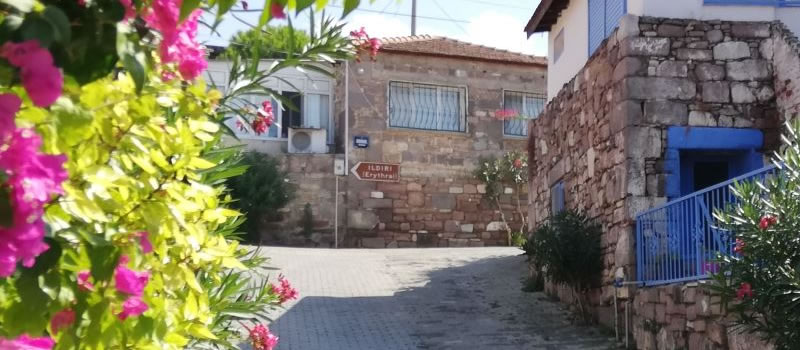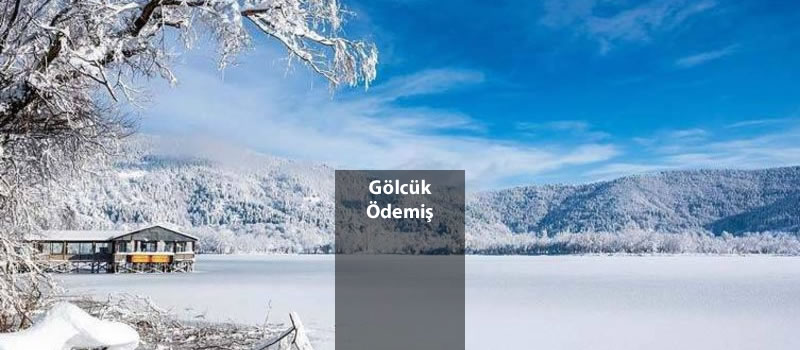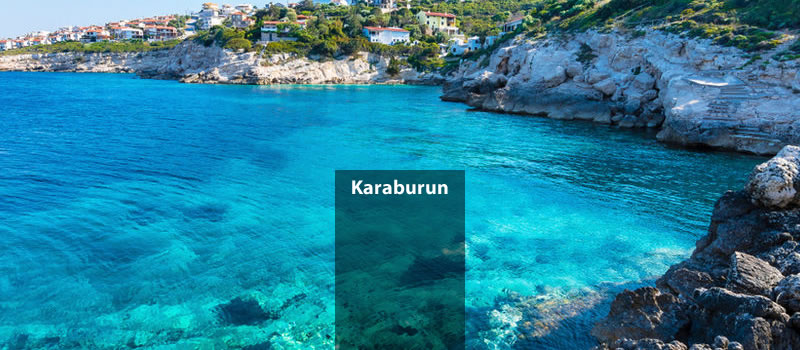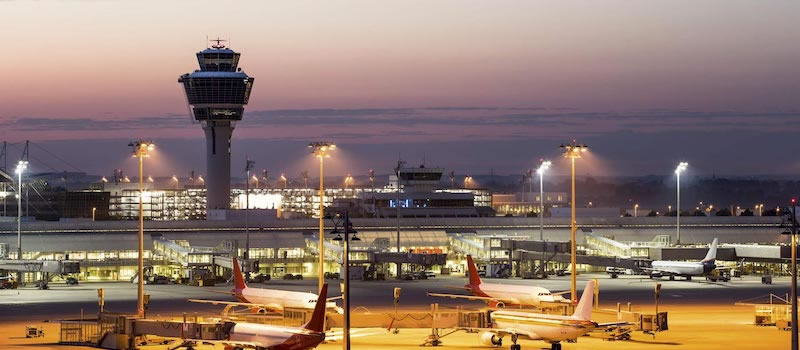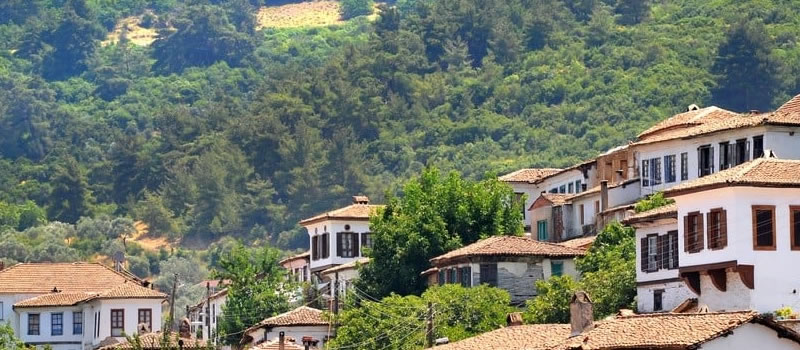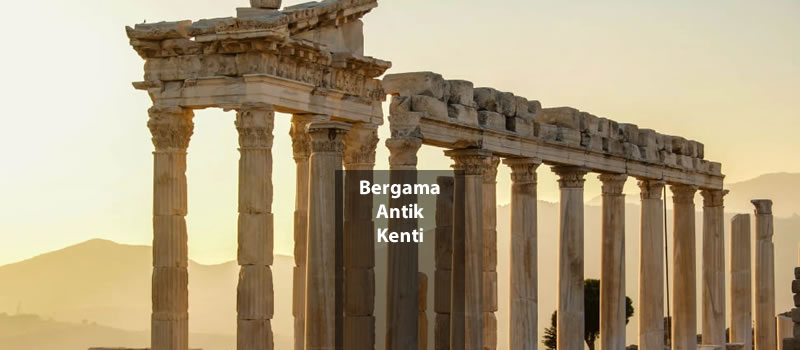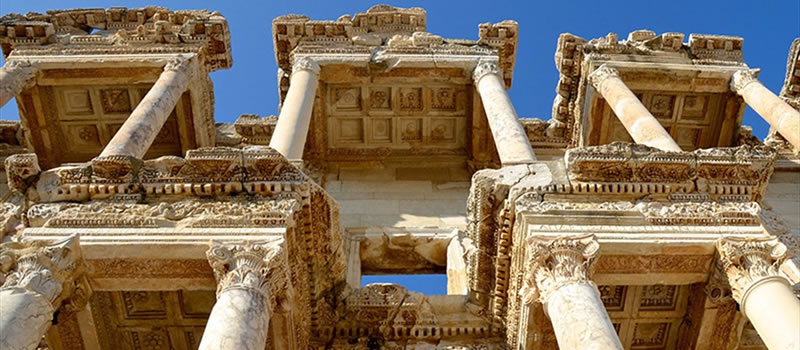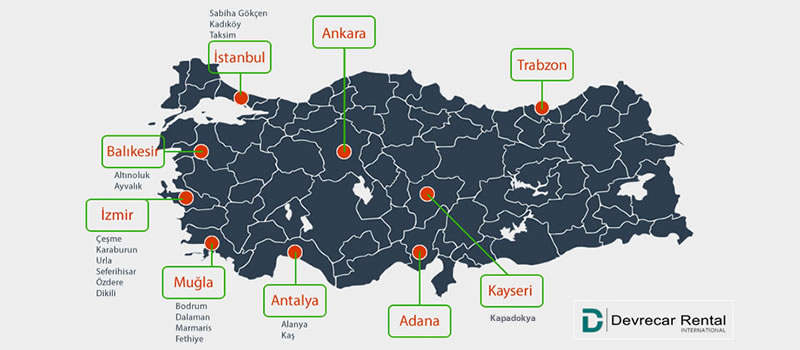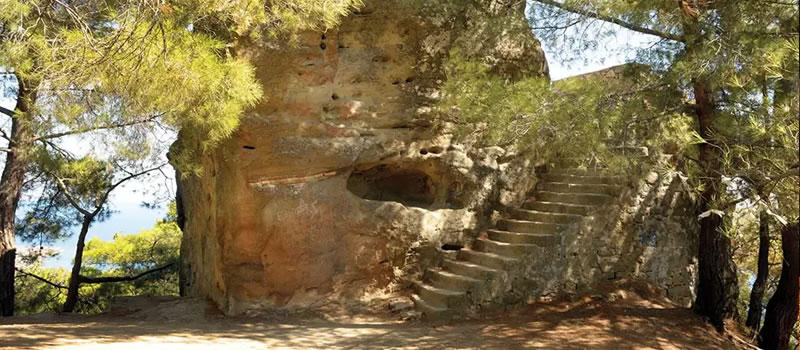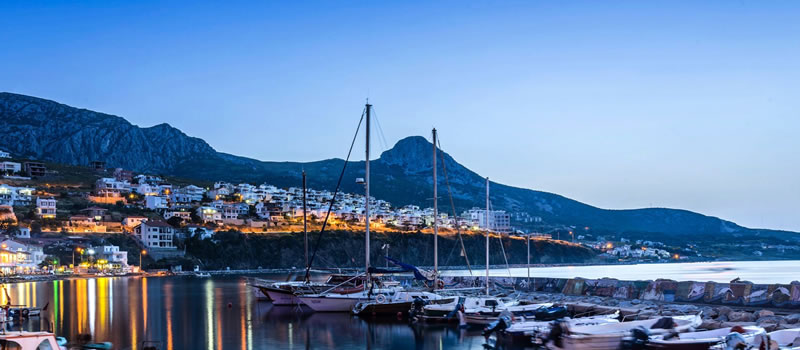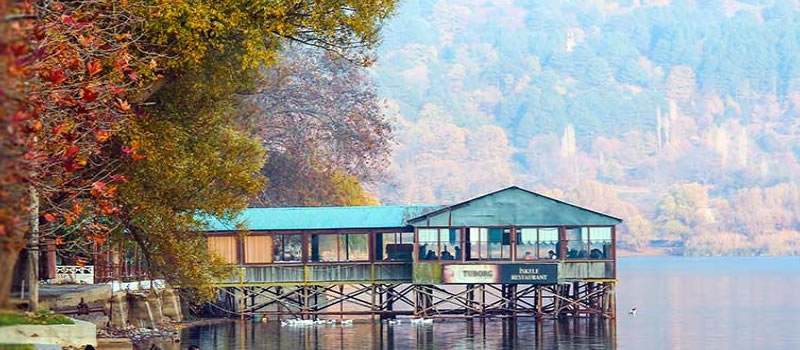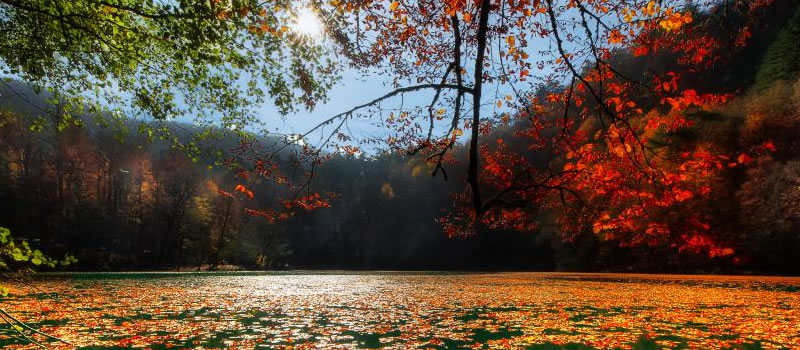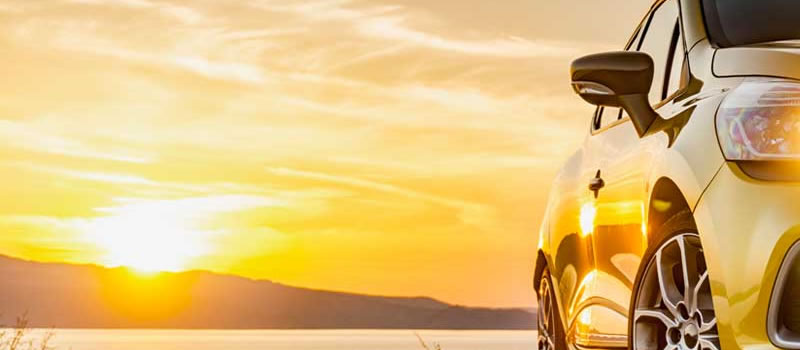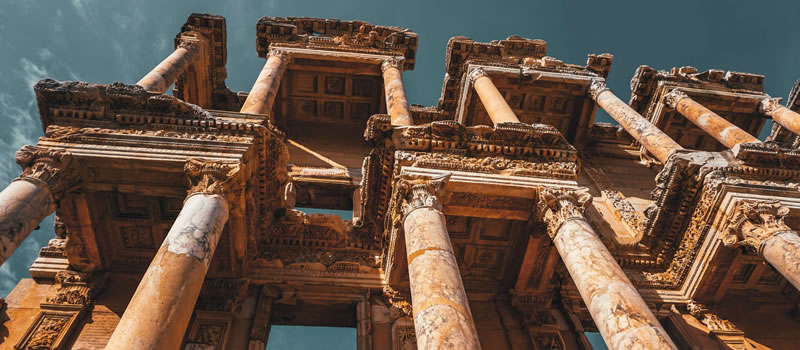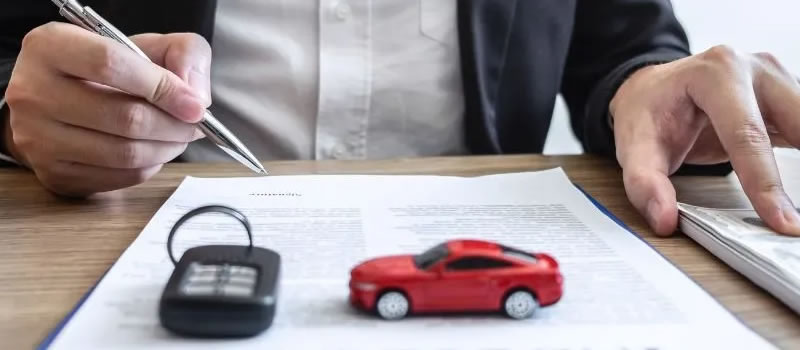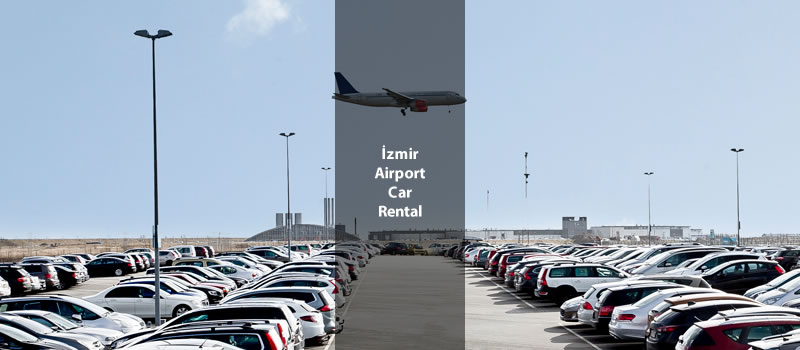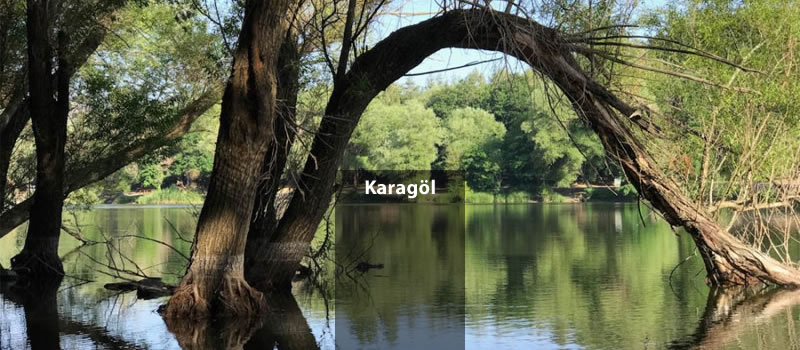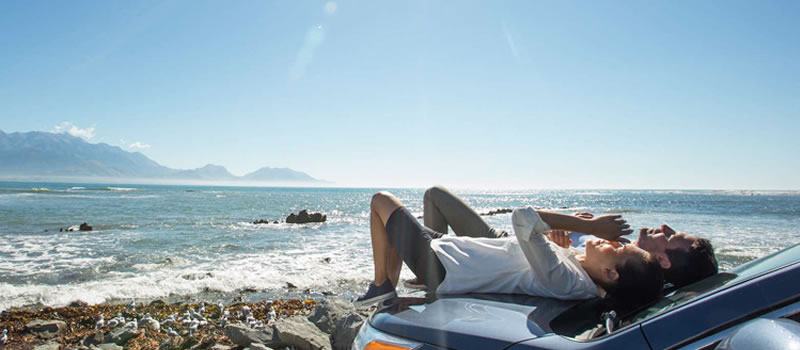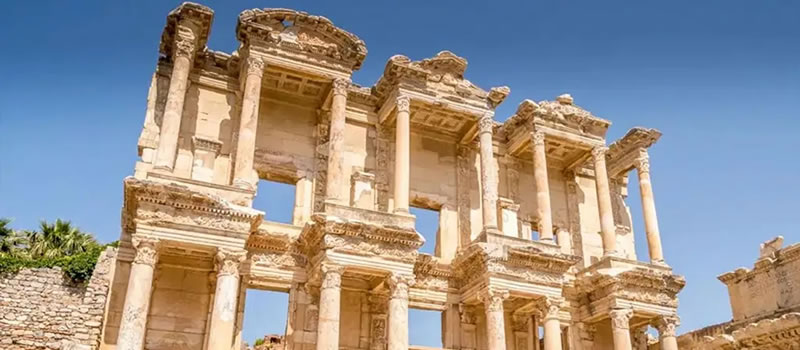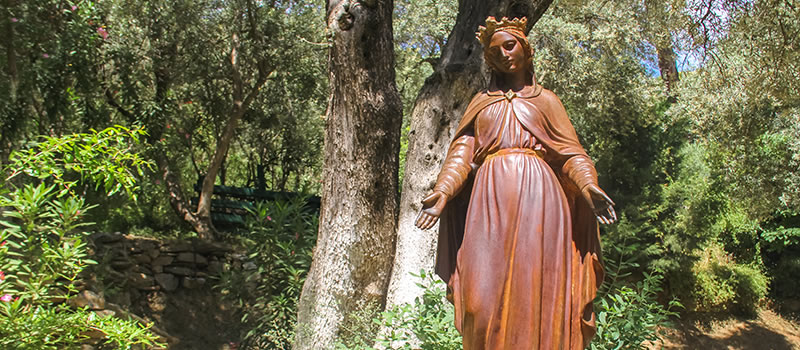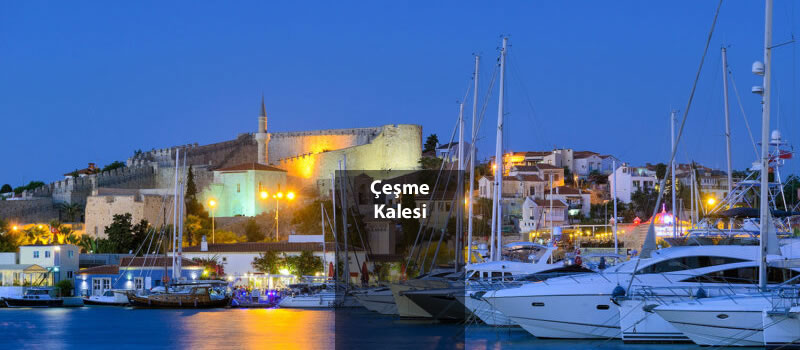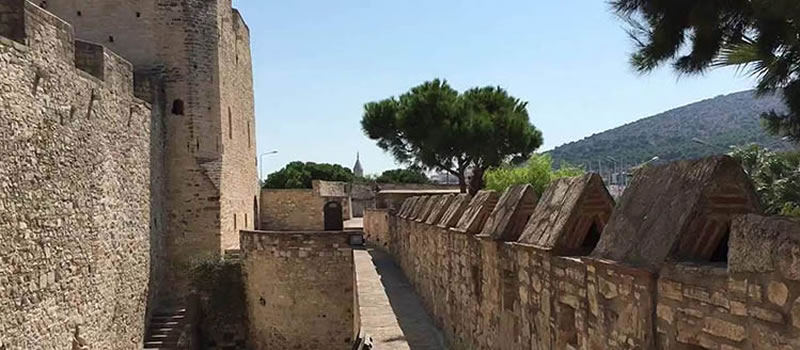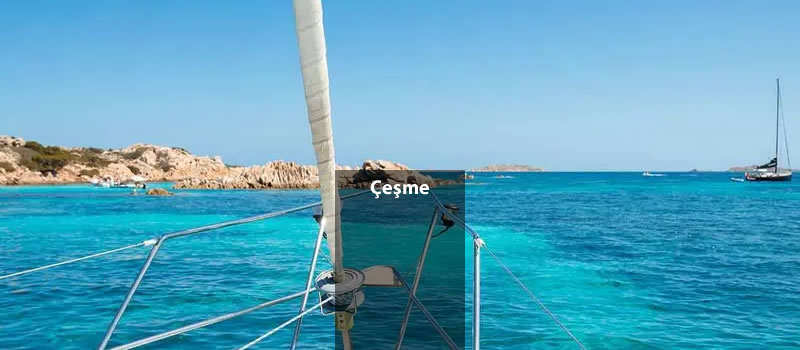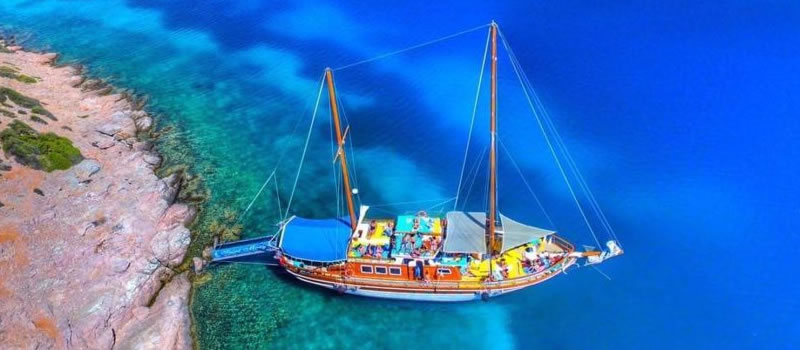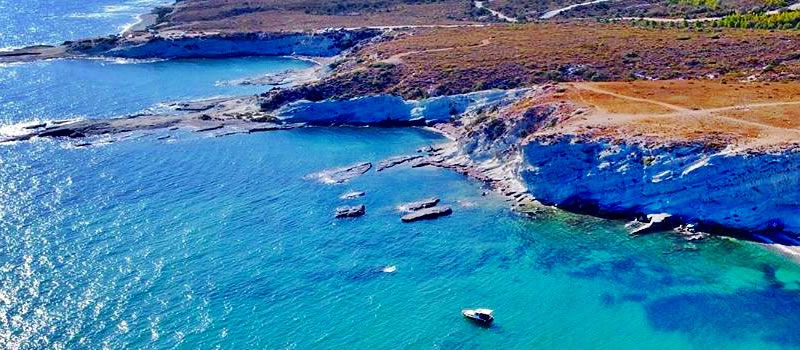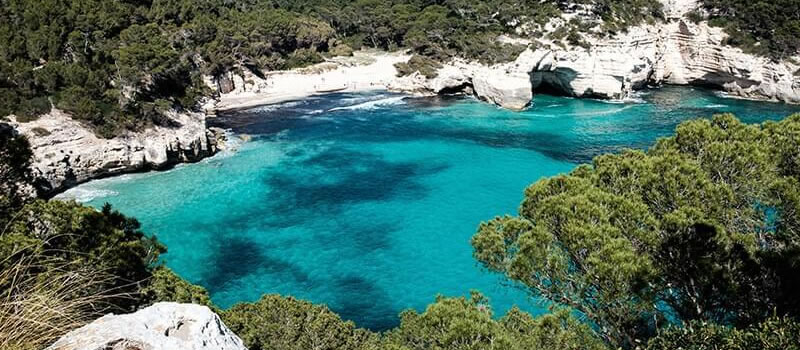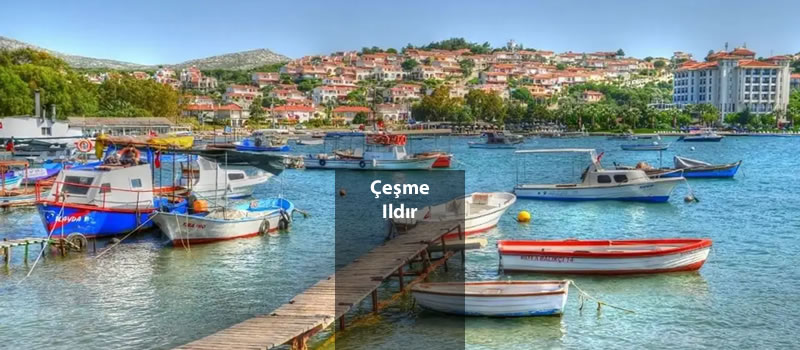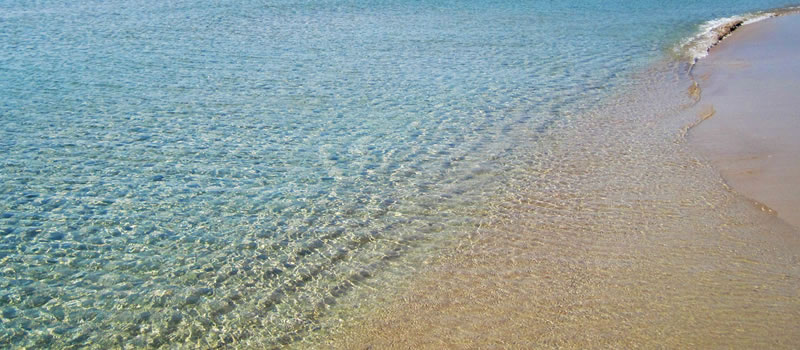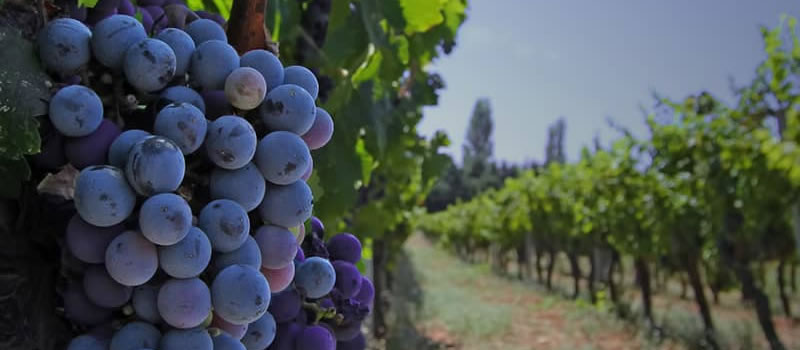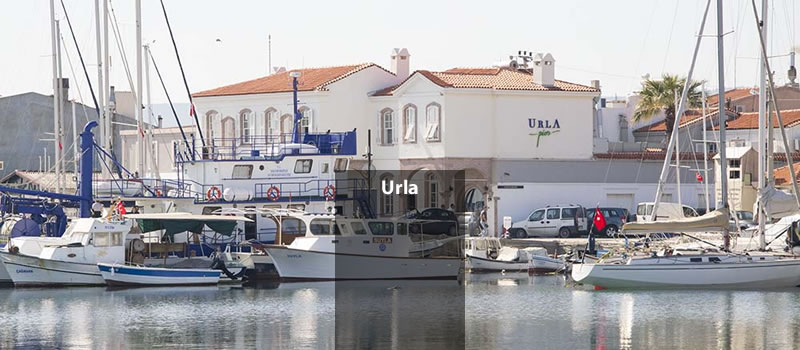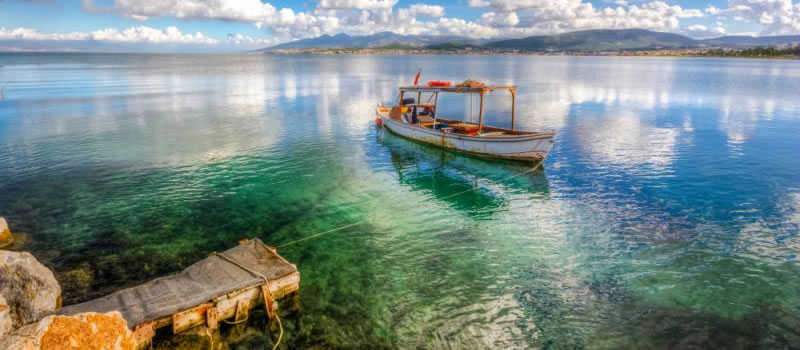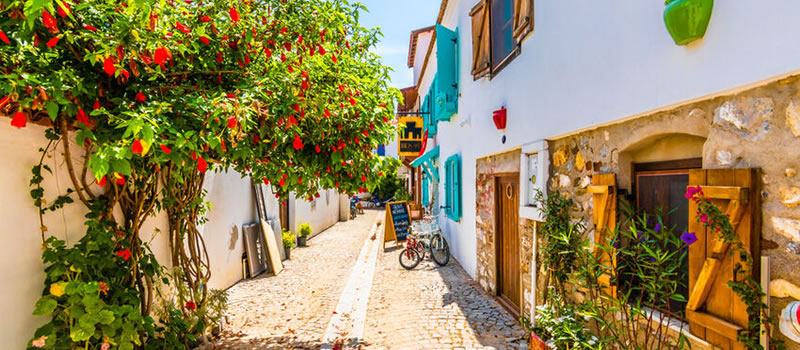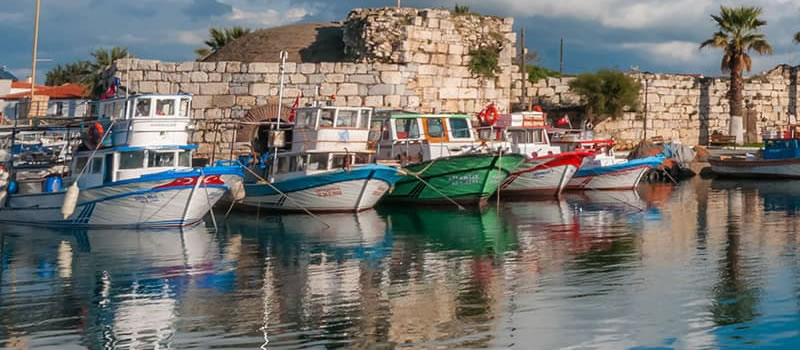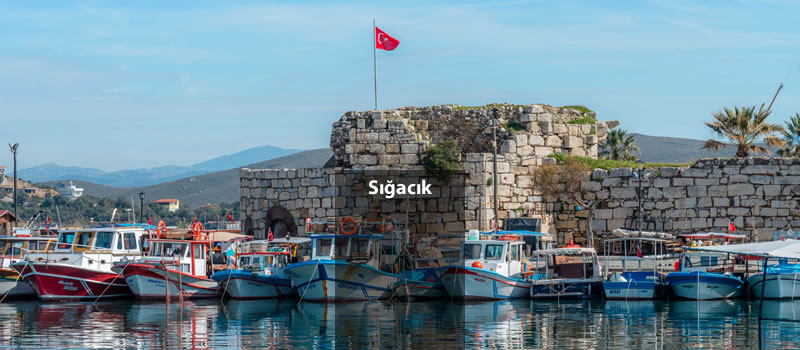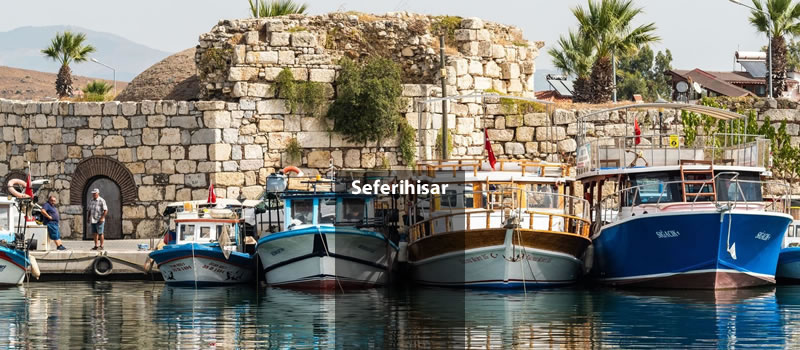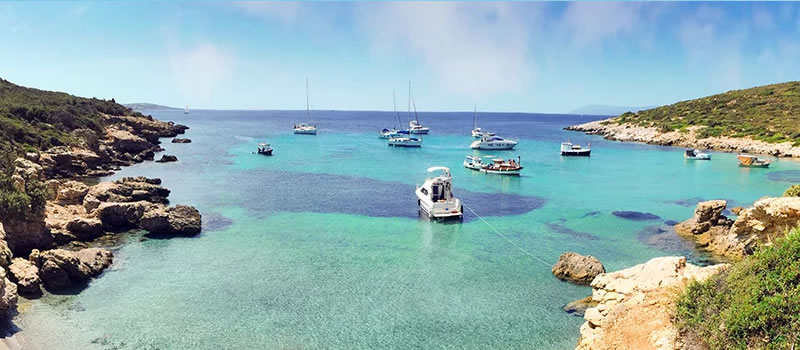Kucuksu Pavilion
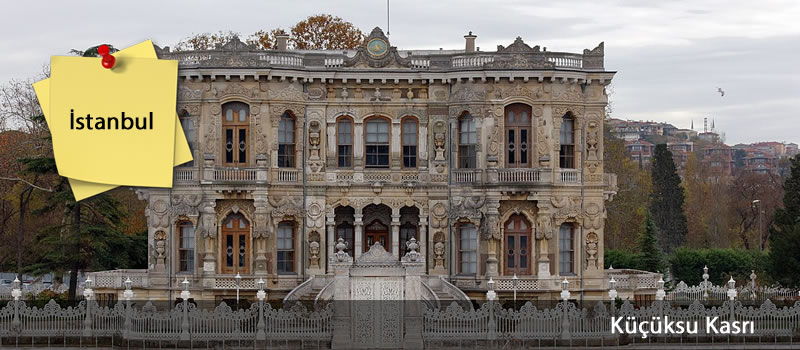
The settlement history of the region where Küçüksu Pavilion is located, located in the area between Küçüksu and Göksu Streams on the Bosphorus, dates back to the Byzantine period. Küçüksu and its surroundings, which was one of the private gardens of the sultan during the Ottoman period, was built by Sultan IV. It is known that Murad (1623-1640) loved it very much and called it "Silver Cypress". Starting from the 17th century, the region, which is referred to as "Bağçe-i Göksu" in various sources, has been followed by an intense construction starting from the 18th century. During the reign of Sultan Mahmud I (1730-1754), Divitdâr Emin Mehmed Pasha had a two-storey wooden palace built for the sultan on the sea shore of Hasbahçe, this structure was built by Sultan III. Selim (1789-1807) and Sultan II. Mahmud (1808-1839) was also used during the period of repair. The period of Sultan Abdülmecid (1839-1861) was the years when Western styles were preferred especially in palace and pavilion architecture. As in the Dolmabahçe and Ihlamur structures, Sultan Abdülmecid had the old and wooden structure demolished in the area where Küçüksu Summer Palace is located, and built the present-day pavilion in its place. Küçüksu Pavilion, whose construction was completed in 1857, is 15 x 27 m. It was built on a field with the masonry technique and as masonry. The basement of the pavilion, which has three floors with its basement; The cellar is reserved for the kitchen and servants, while the other floors are arranged in the form of four rooms opening to a middle space. With this feature, the building, which reflects the traditional Turkish House plan type, is a “boarding pavilion” that is generally used for recreation and hunting purposes. Unlike other palace structures belonging to the state, it is not surrounded by high walls, but by elegant iron railings with gates in four directions and made with casting technique. During the reign of Sultan Abdulaziz (1861-1876), the façade decorations were enriched by overhauling. Western ornamental motifs were used on the embossed and vibrant sea front, the small pool with a fountain leaning against this façade, and its stairs. Rooms and halls are furnished with valuable works of art, and furniture ordered from Europe is included. Küçüksu Pavilion, which is a rich art museum with its ceilings decorated with plaster relief and hand-drawn ornaments, fireplaces made of Italian marbles in different colors and shapes reminiscent of a fireplace museum, parquets with separate ornaments and fine workmanship in each room, furniture in European styles, carpets and paintings, is the main building of the Küçüksu Pavilion during the Republic period. It is known that it was used as a state guesthouse for a while. With a comprehensive restoration project initiated in 1992, the Küçüksu Pavilion was prevented from slipping into the sea, and it was reopened as a museum-palace in 1996. In order to make the pier, fountain square and original garden right next to the pavilion a promenade where the public can have fun and rest, as in the past, cafeteria services are provided to the visitors around the fountain, and the expanded dock can be allocated to national or international receptions.
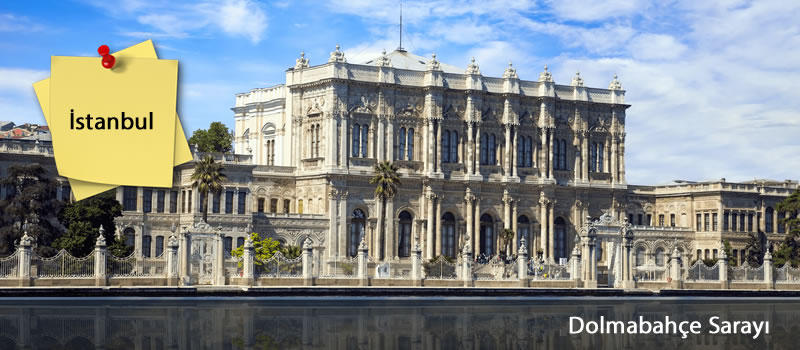 Dolmabahçe Palace09.11.2022
Dolmabahçe Palace09.11.2022 Istanbul Car Rental30.09.2022
Istanbul Car Rental30.09.2022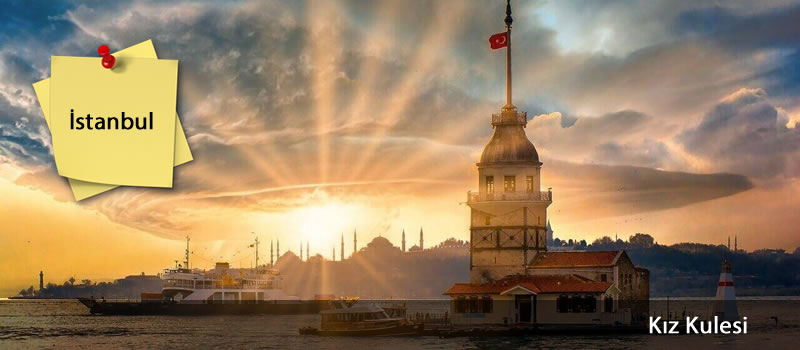 Maiden's Tower18.07.2022
Maiden's Tower18.07.2022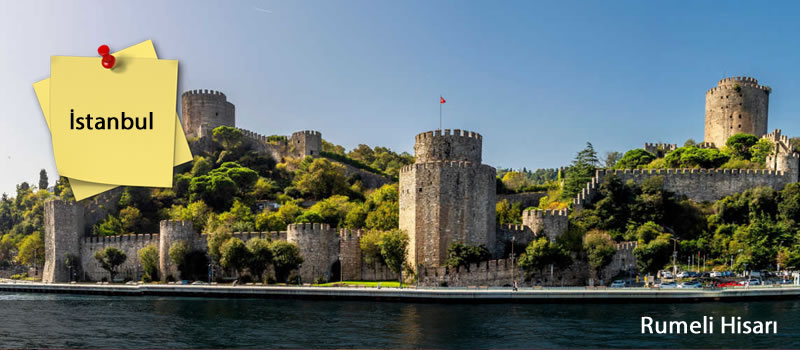 İstanbul Rumeli Fortress10.07.2022
İstanbul Rumeli Fortress10.07.2022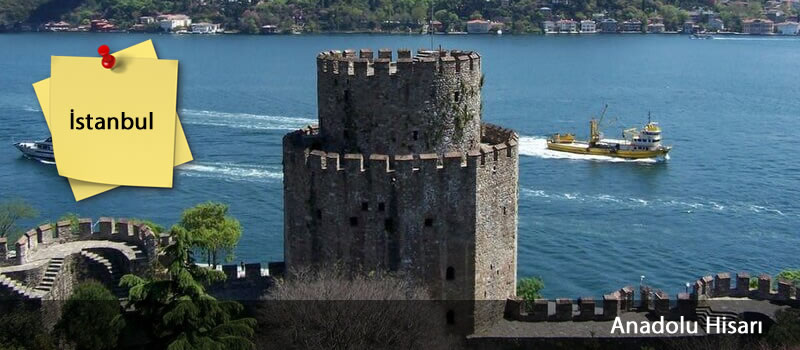 Anatolian Fortress28.04.2022
Anatolian Fortress28.04.2022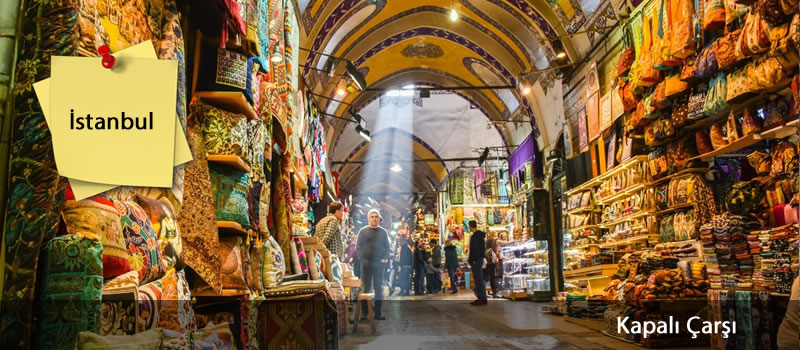 İstanbul Grand Bazaar15.02.2022
İstanbul Grand Bazaar15.02.2022 Istanbul History and Places to Visit10.01.2022
Istanbul History and Places to Visit10.01.2022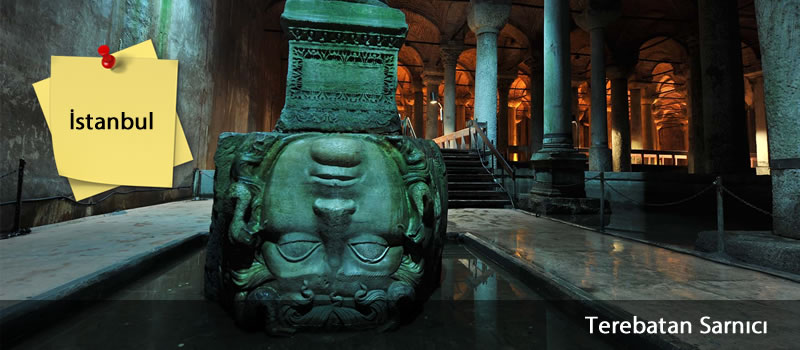 Basilica Cistern04.01.2022
Basilica Cistern04.01.2022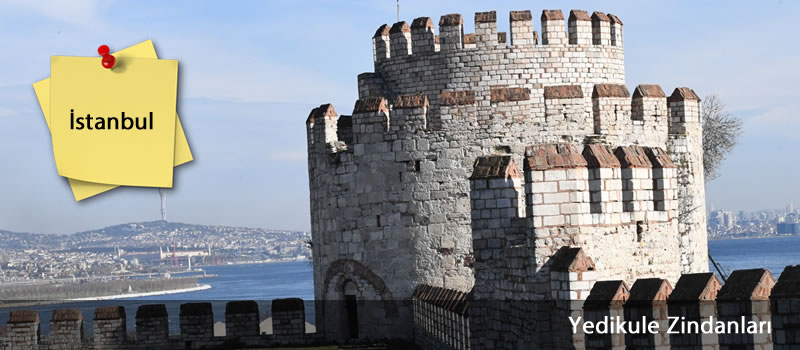 Yedikule Dungeons04.10.2021
Yedikule Dungeons04.10.2021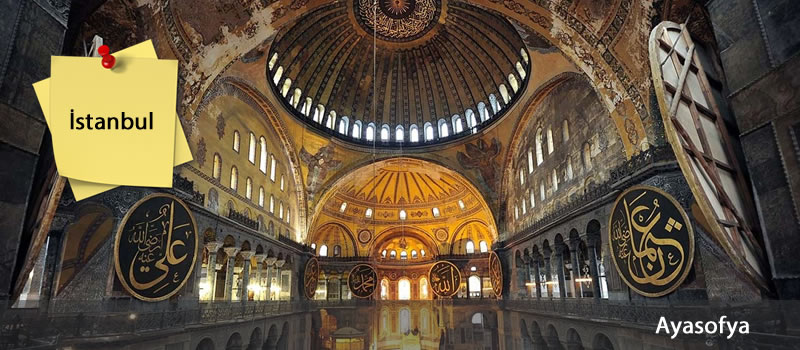 Hagia Sophia25.09.2021
Hagia Sophia25.09.2021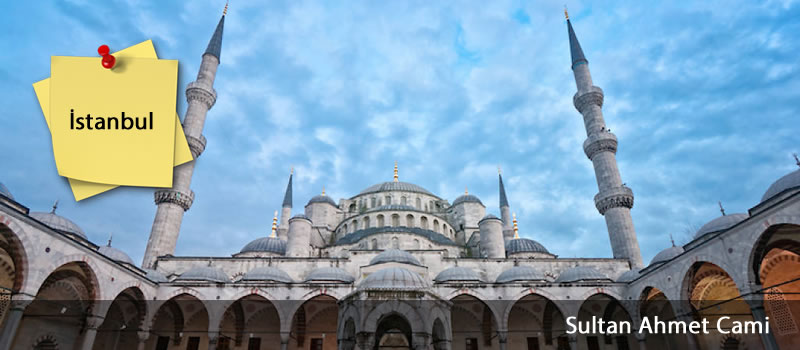 Sultan Ahmet Mosque24.07.2021
Sultan Ahmet Mosque24.07.2021

